The Rioter's White Hood
Who is that masked man? Well, there's a chance he's an antisemitic rioter.
New York City and other jurisdictions are debating mask bans after face-coverings have become associated with acts of mayhem committed by people who hope to avoid recognition and evade criminal responsibility.
The most iconic image of the L.A. riots involves a man on a dirt bike waving a Mexican flag ... in a mask.
It's no surprise that he was wearing a mask. At this point, failing to wear a mask when engaging in lawless activity is a major faux pas. It's like wearing white before Memorial Day, or showing up at L.A.'s upscale restaurant 71Above in flip-flops.
Embattled New York City mayor Eric Adams has been emphatic that there needs to be a return to the broad ban on masks that was repealed during the pandemic (the state just passed a more limited measure creating enhanced penalties for people wearing masks to conceal their identities while committing crimes).
The meaning of the mask has changed in recent years. Prior to covid, wearing a surgical mask in public likely meant someone had a compromised immune system; during covid, it usually meant someone was complying with the pandemic rules and associated social pressure; after covid, it tends to indicate either someone is too neurotic to give up pandemic-era practices -- or wants to harass Jews or throw rocks at the cops.
In an era of ubiquitous facial reconciliation technology, a face mask is a bid to foil efforts by police to track down after the fact those who committed criminal acts. It's not a get-out-of-jail card -- masked rioters are sometimes arrested on the spot -- but it's a layer of protection for the person hoping to break or burn something and melt away without consequence.
This is why prior to Covid masks outside of a medical context tended to have a negative connotation in the popular imagination. The Lone Ranger was the exception that proved the rule. Otherwise, the masked man was going to hold up the stage coach, rob a bank or burn a cross on someone's lawn.
A 1990 Georgia Supreme Court ruling upholding a mask ban said, "A nameless, faceless figure strikes terror in the human heart."
Certainly, after seeing what's gone down on the streets after the killing of George Floyd and on the campuses since Oct. 7, everyone should be on edge when encountering masked protestors. If nothing else, it's not reassuring when people are afraid of being associated with their own cause, or the means with which they are going to agitate for it.
New York first banned masks in the 1840s in response to protesters harassing landlords. Later, in the 20th century, states prohibited face coverings to address the depredations of the KKK.
The bans were either not enforced or repealed during covid. Masks went from being a symbol of outlaw behavior to becoming the sine qua non of good citizenship according to Dr. Fauci and other public-health authorities. The snugly fitted N-95, or even better, an elastomeric respirator with replaceable filters, showed a heroic commitment to your own health and the well-being of others.
The clashing perspectives of the last two governors of New York indicates how the debate on masks has turned. Then-Gov. Andrew Cuomo in 2020 urged protesters to mask up. "You have a right to demonstrate," he declared, "You don't have a right to infect other people." Cuomo's successor, Gov. Kathy Hochul, went in the opposite direction after seeing masked protestors menace Jewish riders on the subway last year. She came out in favor of restricting masks, and supports the watered-down change recently passed by the legislature.
With a long, hot summer in the offing, the issue won't go away in New York, or anywhere else. The mask is now part of the kit of rioters, as useful, indispensable and emblematic as a Klansman's white hood.
========
(Rich Lowry is on Twitter @RichLowry)
(c) 2025 by King Features Syndicate

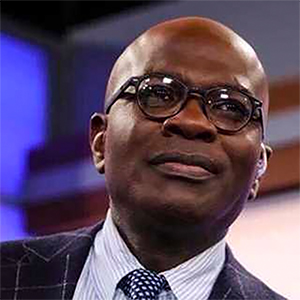



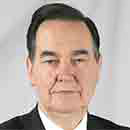



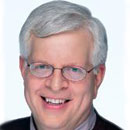

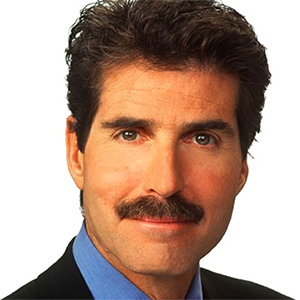
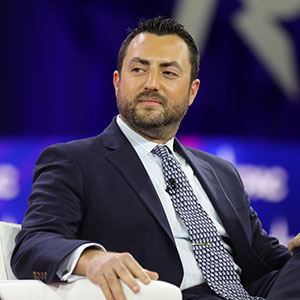
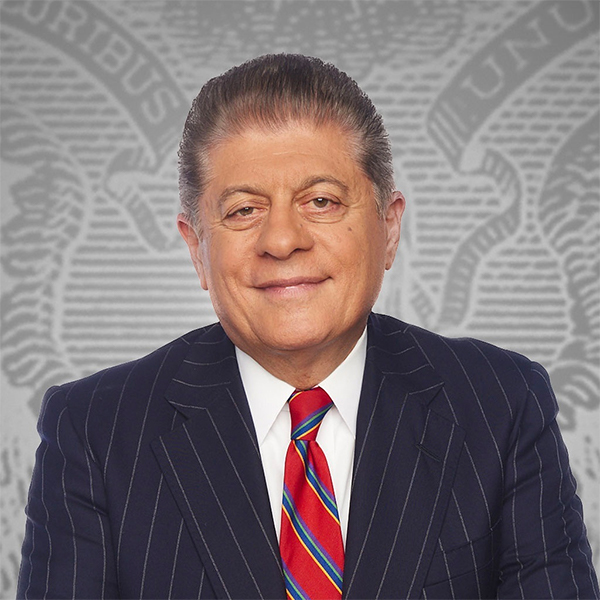






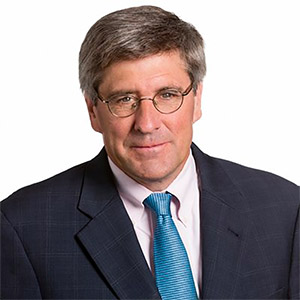
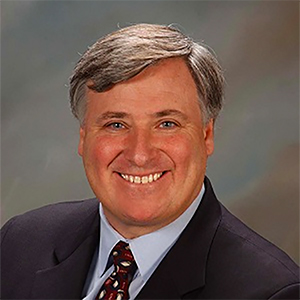



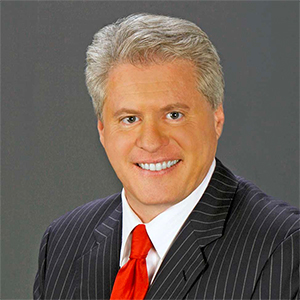
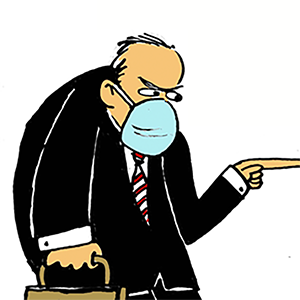

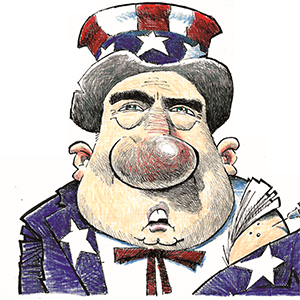

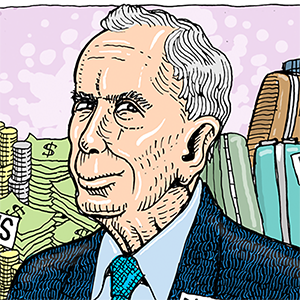
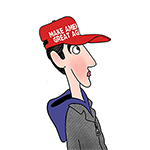
Comments